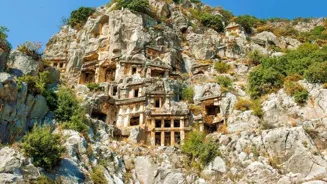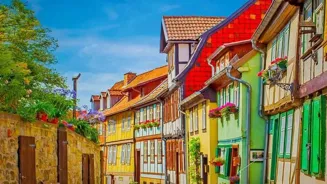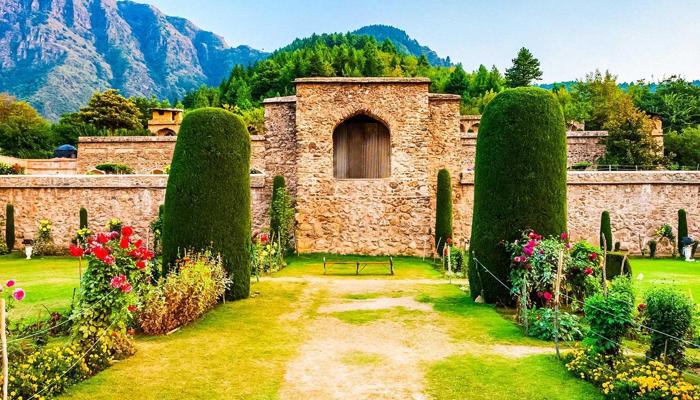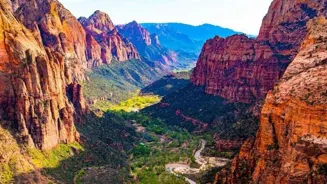Embark on a journey through time in India's historical marvels. Explore 7 must-visit ancient sites
India, a land steeped in history and culture, offers a fascinating journey through time. From the majestic
ruins of ancient empires to the intricate carvings of forgotten cities, the country is a treasure trove of historical sites waiting to be explored.
For history buffs and curious travellers alike, a visit to these sites is a chance to connect with the rich heritage of the subcontinent. Let's embark on a virtual tour of seven must-visit historical sites in India.
Iconic Taj Mahal in Agra, symbol of love, artistry, and Mughal history
First, we have the magnificent Taj Mahal in Agra, Uttar Pradesh. This iconic marble mausoleum, a symbol of love and architectural brilliance, attracts millions of visitors every year.
Built by Mughal Emperor Shah Jahan in memory of his beloved wife Mumtaz Mahal, the Taj Mahal is a UNESCO World Heritage site and one of the New Seven Wonders of the World.
Witnessing the Taj Mahal at sunrise, when the soft light bathes the white marble in a golden hue, is an experience that will leave you breathless.
The intricate pietra dura inlay work, the symmetrical gardens, and the sheer scale of the monument are testaments to the Mughal Empire's artistic and engineering prowess.
Don't forget to explore the surrounding gardens and the Yamuna River for different perspectives of this architectural masterpiece. A short walk from the Taj Mahal takes you to Agra Fort, another UNESCO World Heritage site.
This massive fort, made of red sandstone, was the main residence of the Mughal emperors until 1638. Explore the Diwan-i-Aam (Hall of Public Audience) and Diwan-i-Khas (Hall of Private Audience) for a glimpse into the Mughal courtly life.
From parts of the fort, you can also get a fantastic view of the Taj Mahal.
Khajuraho temples showcase intricate sculptures of ancient India
Next we travel to Khajuraho, Madhya Pradesh. Famous for its intricate sculptures, this temple complex offers a unique insight into the artistic and cultural landscape of ancient India.
These temples, built by the Chandela dynasty between the 9th and 11th centuries, are dedicated to different Hindu deities. The detailed carvings depict various aspects of life, including religious rituals, daily activities, and mythical creatures.
While some sculptures are known for their depiction of love and relationships, the complex offers much more depicting dance, music, and the natural world.
Explore Hampi, Karnataka - ancient ruins, temples, and vibrant history in South India
Now we shift gears and visit Hampi, Karnataka. This UNESCO World Heritage site was once the capital of the Vijayanagara Empire, one of the largest and most powerful empires in South India. Today, Hampi is a mesmerizing landscape dotted with ancient temples, palaces, and market streets.
The Virupaksha Temple is still active with prayers and devotees, while other parts lie waiting to be discovered. You can explore the Lotus Mahal, the Elephant Stables, and the Vittala Temple, known for its iconic stone chariot.
Rent a bicycle or hire a local guide to navigate through the ruins and learn about the empire's history. The sunset view from Matanga Hill is a must-not-miss. Enjoy taking in the whole area and seeing the sun set from such a great spot.
Getting a guide is always a great idea to get to know the whole place.
Explore Ajanta and Ellora caves' ancient rock-cut art and temples in Maharashtra
Let's journey to Ajanta and Ellora Caves in Maharashtra. These UNESCO World Heritage sites showcase ancient Indian rock-cut architecture and art. The Ajanta caves, primarily Buddhist, are known for their murals depicting the life of Buddha and the Jataka tales.
Carved between the 2nd century BCE and the 6th century CE, these paintings are a fascinating record of ancient Indian art and culture. The Ellora caves, on the other hand, are a unique blend of Buddhist, Hindu, and Jain temples.
Carved out of basalt cliffs between the 6th and 10th centuries CE, the Ellora caves offer a glimpse into the religious harmony that existed in ancient India. The Kailasa Temple (Cave 16), a monolithic rock-cut temple dedicated to Lord Shiva, is the star attraction.
Its sheer scale and intricate carvings are a marvel of engineering and artistry.
Sanchi's Great Stupa: Ancient Buddhist monument with rich history
Our fifth historical site takes us to Sanchi, Madhya Pradesh. This is home to the Great Stupa, one of the oldest stone structures in India and a significant Buddhist monument. Commissioned by Emperor Ashoka in the 3rd century BCE, the Stupa is believed to house the relics of Buddha.
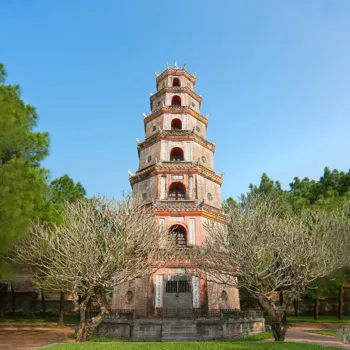
The gateways (Toranas) surrounding the Stupa are adorned with intricate carvings depicting scenes from Buddha's life and the Jataka tales. Sanchi offers a peaceful and meditative atmosphere. It provides insights into the spread of Buddhism in ancient India.
Walking around the Stupa and observing the beautiful carvings allows you to reflect on the rich cultural and religious history of the region. The surrounding museum houses a collection of artifacts discovered at the site.
Ancient Nalanda University: a revered center of learning in Bihar
Let's not forget the ruins of Nalanda, Bihar. Once a renowned center of learning, Nalanda University attracted scholars from across Asia. Founded in the 5th century CE, Nalanda flourished as a Buddhist monastic university for over 700 years.
The ruins offer a glimpse into the sophisticated educational system and intellectual environment of ancient India. Walking through the remains of the classrooms, libraries, and dormitories, you can imagine the vibrant academic life that once thrived here.
While much of the original architecture is gone, the remaining structures are a testament to India's rich intellectual heritage.
AI Generated Content. Glance/InMobi shall have no liability for the content
